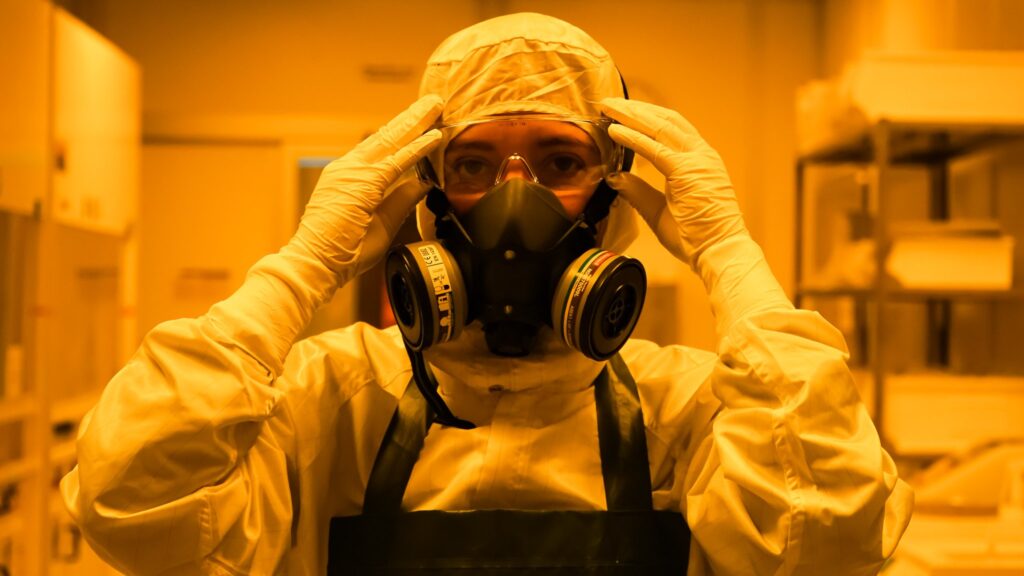The 5th International Workshop of In Situ Electron Microscopy (InSituTEM 2025) is set to take place from May 13–15, 2025, in Braga, Portugal, bringing together leading experts and researchers to explore cutting-edge advancements in real-time electron microscopy. This prestigious event will showcase the latest developments in transmission electron microscopy (TEM), scanning transmission electron microscopy (STEM), cryo-electron microscopy (cryo-EM), electron spectroscopy, and AI-driven imaging techniques. Attendees will engage in insightful discussions on the role of in situ electron microscopy in understanding dynamic phenomena at the atomic scale, with applications across materials science, chemistry, physics, and life sciences. Call for Abstracts – Shape the Future of Electron Microscopy Researchers are invited to submit abstracts for oral and poster presentations, presenting novel insights and discoveries in in situ electron microscopy. 📅 Submission Deadline: March 31, 2025📝 Abstract Limit: 2,500 characters (including spaces)📍 Poster Format: A0 (Width: 841 mm x Height: 1189 mm)🔗 Submit your abstract now: www.insitutem2025.com Bringing Together a World-Class Scientific Community InSituTEM 2025 will feature keynote presentations by renowned experts in electron microscopy, including leading researchers from institutions such as Stanford University, University of California, Peking University, the University of Tokyo, Max Planck Institute, and more. The event will foster collaboration between academia, industry, and research institutions, providing a platform for scientists to exchange knowledge, share breakthroughs, and discuss the future of advanced […]
Read more


